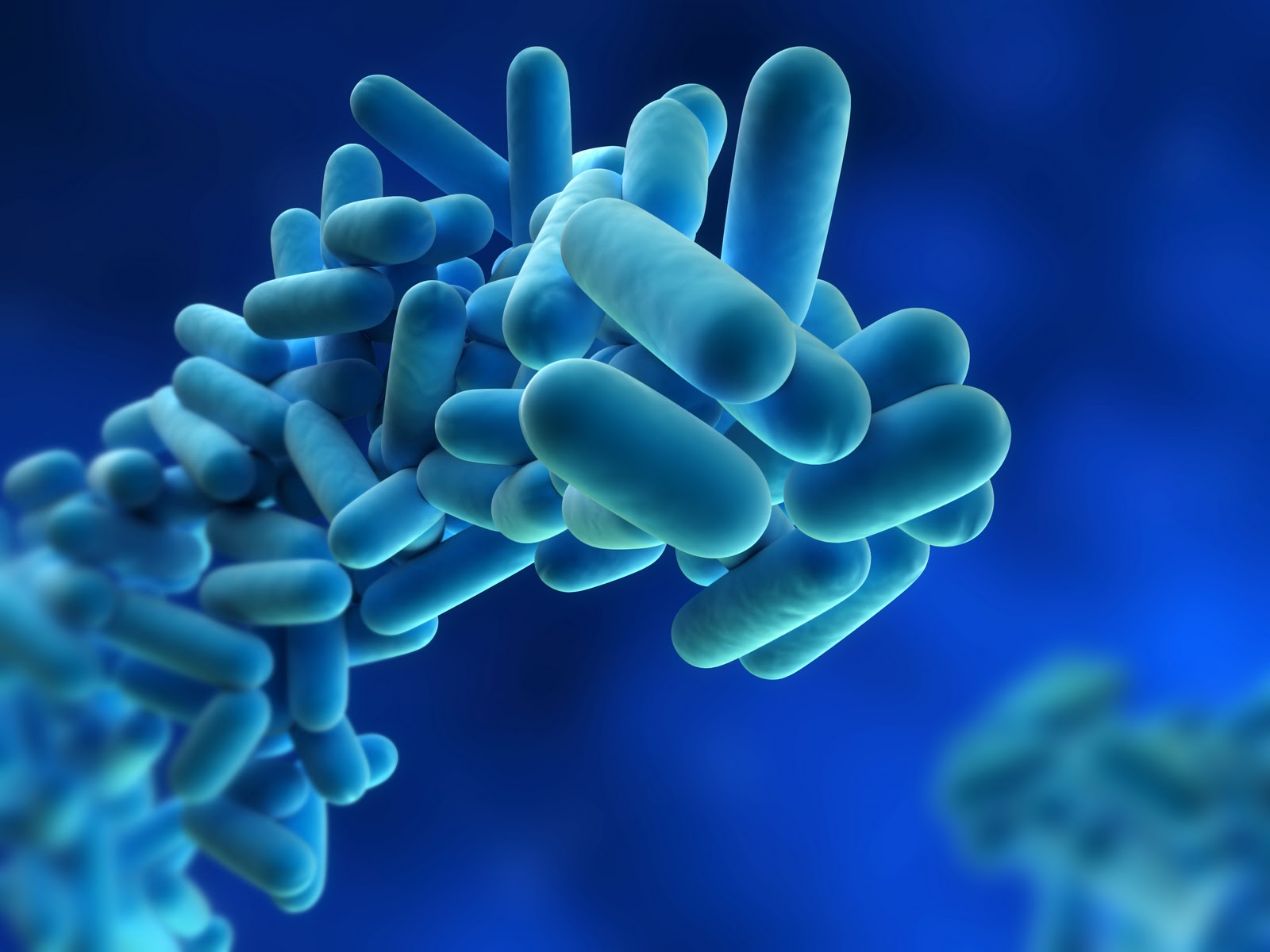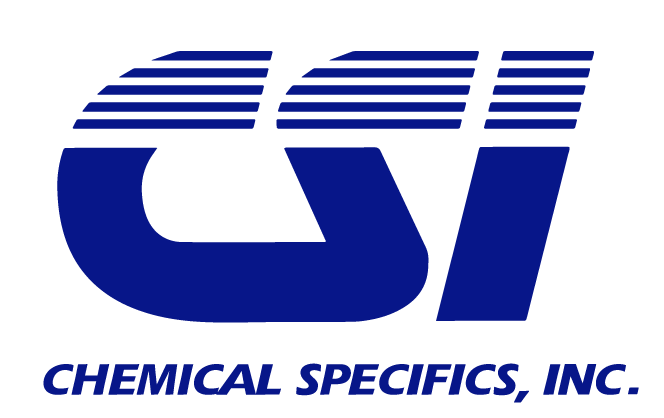TABLAO 2013 © DESIGNED BY NYC RESTAURANT

LUNCH
Monday - Friday
11:00am - 4:00pm
A Commissioner’s Order has been put into effect. All building owners
with cooling towers must follow the orders. Read more...

What is Legionnaires’ Disease?





CSI
SERVICES
BUSINESS HOURS
LOCATION


CSI OFFICE HOURS
MONDAY - FRIDAY 7:00AM - 6:00PM
NOVEMBER, DECEMBER
JANUARY & FEBRUARY
MONDAY - FRIDAY 7:00AM - 5:00PM
46-09 54TH ROAD
MASPETH, NY 11378-1019
PHONE: (718) 361-6666
FAX: (718) 361-0450
2014 © DESIGNED BY NYC MEDIA GROUP
The Health Department is currently investigating an outbreak of Legionnaires’ disease in the South Bronx. The Health Department is actively investigating and is testing water from cooling towers and other potential sources in the area to determine the source of the outbreak. If you live in the area and experience respiratory symptoms, such as fever, cough, chills and muscle aches, seek medical attention right away.
Legionnaires’ disease (or Legionellosis) is a type of pneumonia. It is caused by bacteria (Legionella) that grow in warm water.
Is the disease contagious?
No. Legionnaires’ disease is not spread from person to person. People only get sick by breathing in water vapor containing the bacteria. People who are sick cannot make others sick.
What is the difference between a water tank and a cooling tower?
A cooling tower contains water and is used by some buildings as part of their air conditioning, ventilation and/or heating systems.
A water tank is a totally separate system. Some taller buildings use a water tank to store water used for drinking, washing dishes and/or showering. No water tanks are associated with the current South Bronx outbreak.
Is the tap water in the South Bronx safe to drink, wash and bathe with?
Yes. It is safe to drink, wash and bathe with the tap water in the South Bronx and throughout the city.
Who is at risk?
Groups at high risk include people who are middle-aged or older—especially cigarette smokers—people with chronic lung disease or weakened immune systems and people who take medicines that weaken their immune systems (immunosuppressive drugs).
What are the symptoms of Legionnaires’ Disease?
Symptoms resemble other types of pneumonia and can include fever, chills, muscle aches and cough. Some people may also have headaches, fatigue, loss of appetite, confusion or diarrhea.
What should I do if I think I have Legionnaires’ disease?
If you have symptoms of pneumonia, seek medical attention right away, especially if you have a medical condition that affects your breathing, like emphysema, or if you are a smoker.
What is the treatment for Legionnaires’ disease?
The disease is treated with antibiotics. Most people get better with early treatment, although they may need to be hospitalized. Some people may get very sick or even die from complications of the disease.
Bronx Legionnaires’ Disease Cluster Updated Facts 8/15/15
Highlights
Updated epidemic curves below.
No new cases with a symptoms onset date since August 3.
Health officials remain confident that one or more of the five locations that initially tested positive was the source of the outbreak, and that through disinfection of the source, the outbreak has been contained.
Cases
Reported individuals with Legionnaires': 124
Individuals treated and discharged: 94
Individuals with Legionnaires' deceased: 12
All deceased individuals were adults with underlying medical conditions.
Safety of Water Supply and Air Conditioning
New York City’s drinking water supply and other water features, like fountains, shower heads and pools, are safe throughout New York City and are unaffected by Legionella
Water towers are unaffected by legionella
Home air conditioner units are unaffected and walking into air conditioned environments is safe, as well.
Locations and Remediation
All sites will submit long-term plans as to how they will maintain the cooling towers to protect against any future growth of Legionella.
The Health Department convened a panel of experts in the field of infectious disease to discuss the work the City has done so far and to ensure that all the appropriate steps are being taken to find and eliminate the source of the outbreak.
Ongoing Actions
Continued monitoring for new cases
Close collaboration with area hospitals
Disease detectives conducting epidemiological investigation
Interviews with all individuals reported with Legionnaires’ disease to support source identification
Providing updates to elected officials and Bronx residents
Outreach to vulnerable populations – senior centers, homeless shelters, and other locations
Monitoring of disinfection of affected cooling towers
CSI technicians will obtain a 250 ml sample of Cooling Tower/Condenser Water collected in a sterilized container with a preservative chemical to protect the sample in transit. The sample will be delivered to a laboratory certified for the analysis of Legionella bacteria using culture techniques.
Culture techniques are the gold standard for determine the presence, viability, and amount of Legionella bacteria in condenser water samples. Such samples require culture over 10 days so turnaround time for such samples is 2 to 3 weeks.
Legionella Testing
CSI can provide you with periodic Legionella testing for your cooling towers. Due to the recent outbreak of Legionella in NYC it is highly recommended that you keep a consistent testing program in place. CSI can set up a quarterly or semiannual testing program depending on your cooling towers use. It is suggested you keep all test results and records on file for future NYC cooling tower inspections.